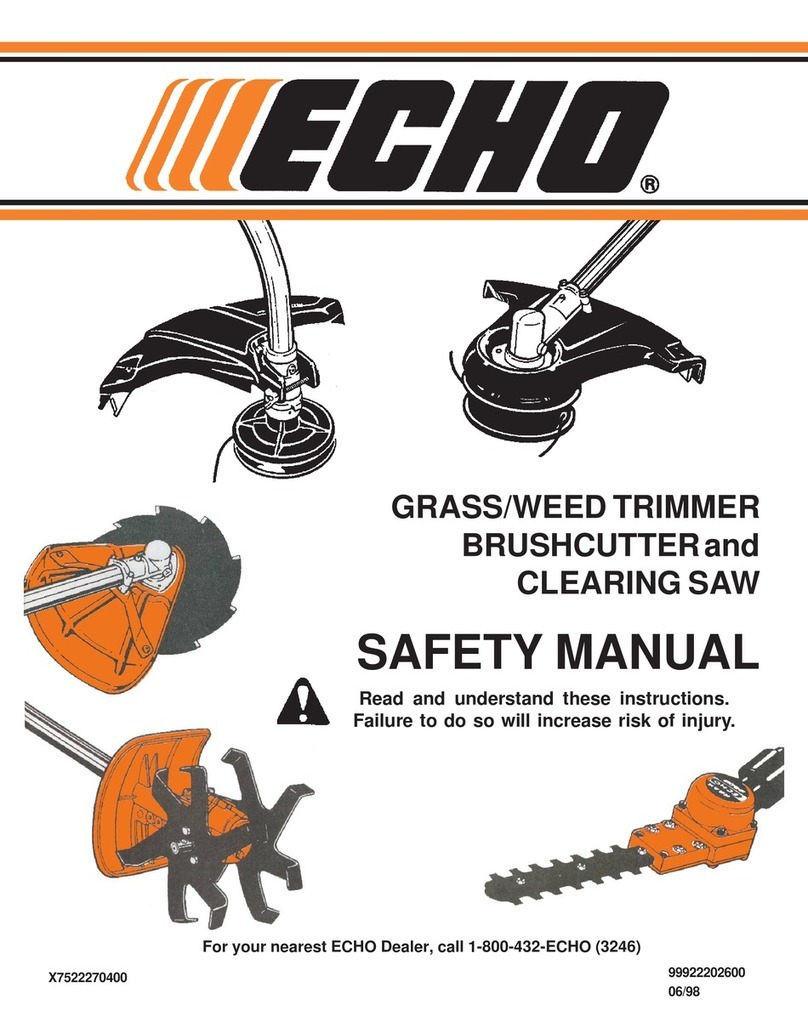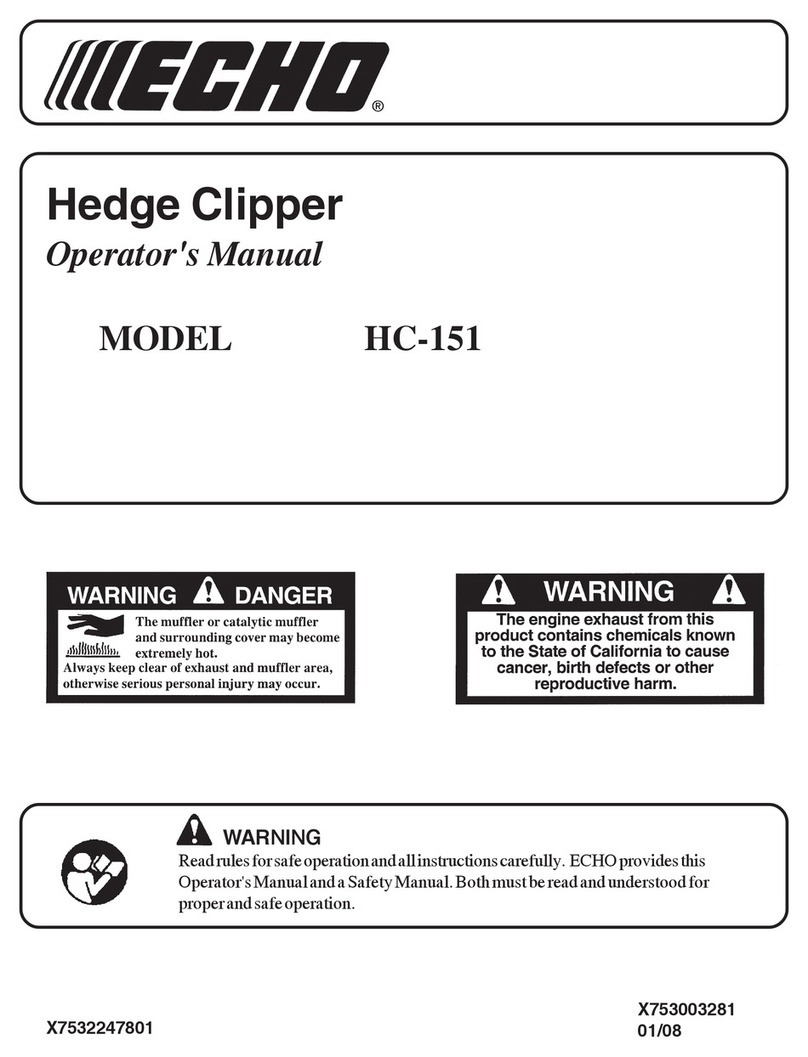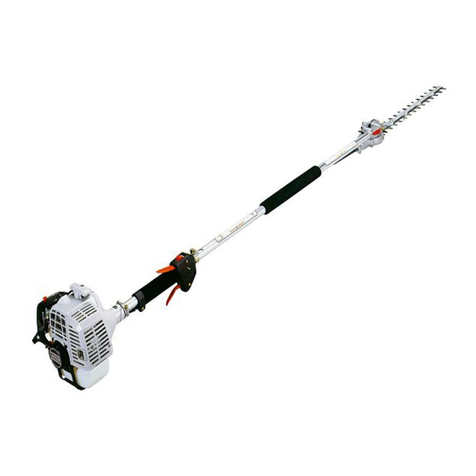Echo SHRED-N-VAC ES-1000 User manual
Other Echo Lawn And Garden Equipment manuals
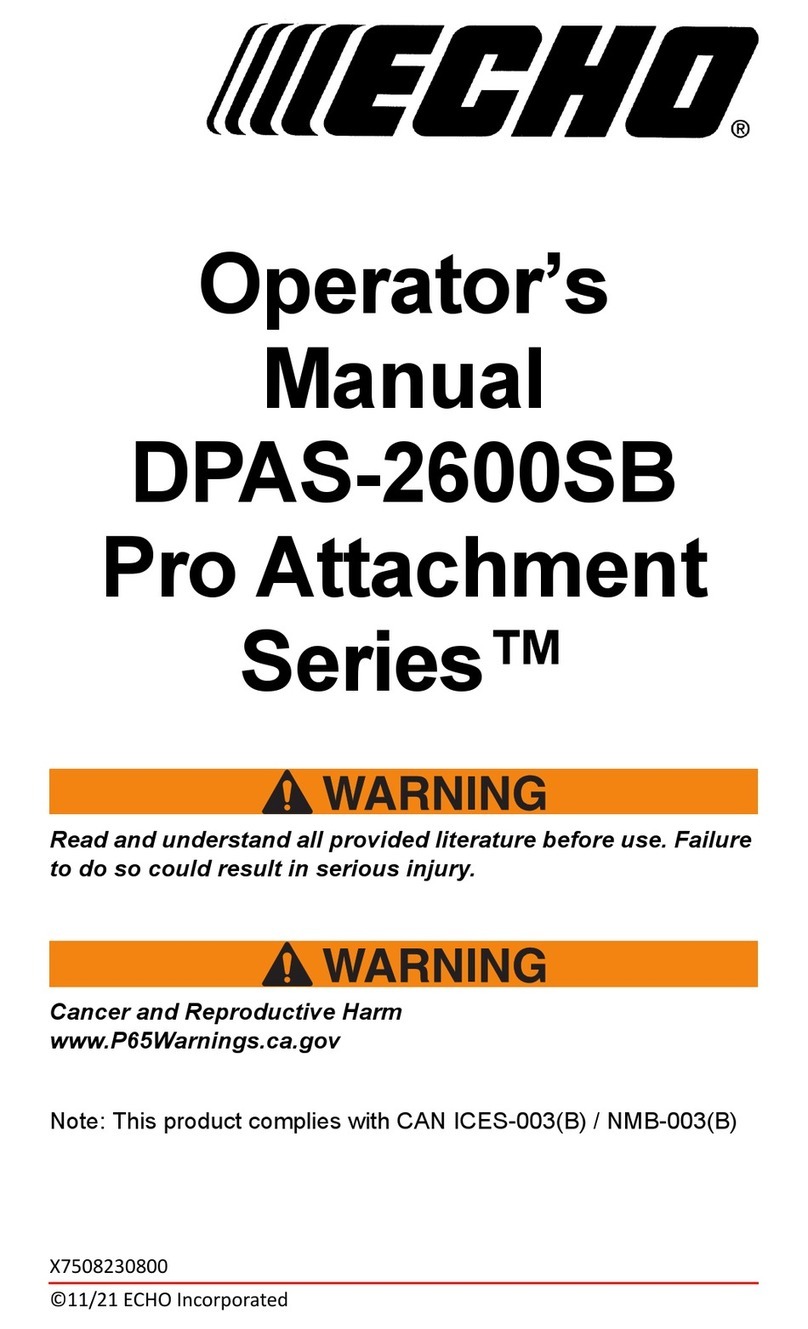
Echo
Echo Pro Attachment Series User manual
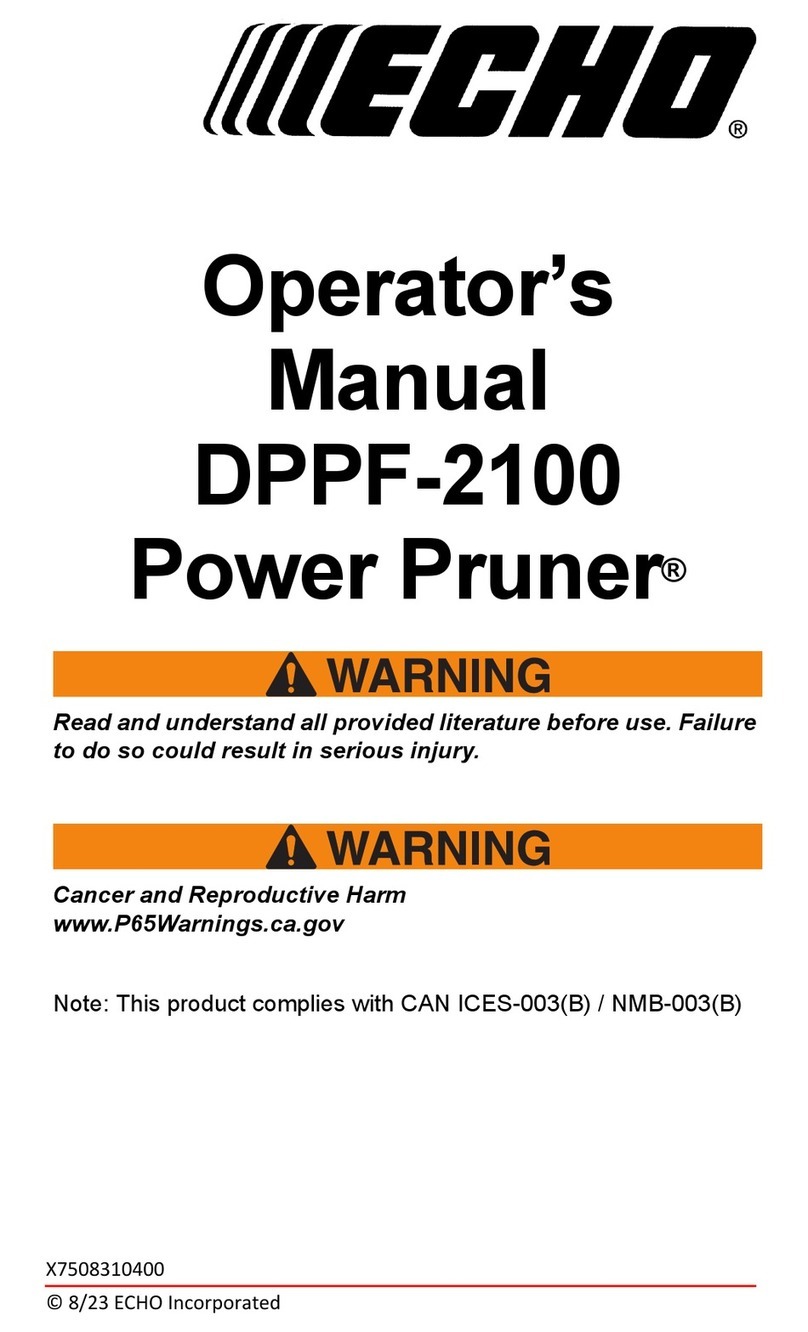
Echo
Echo DPPF-2100 User manual
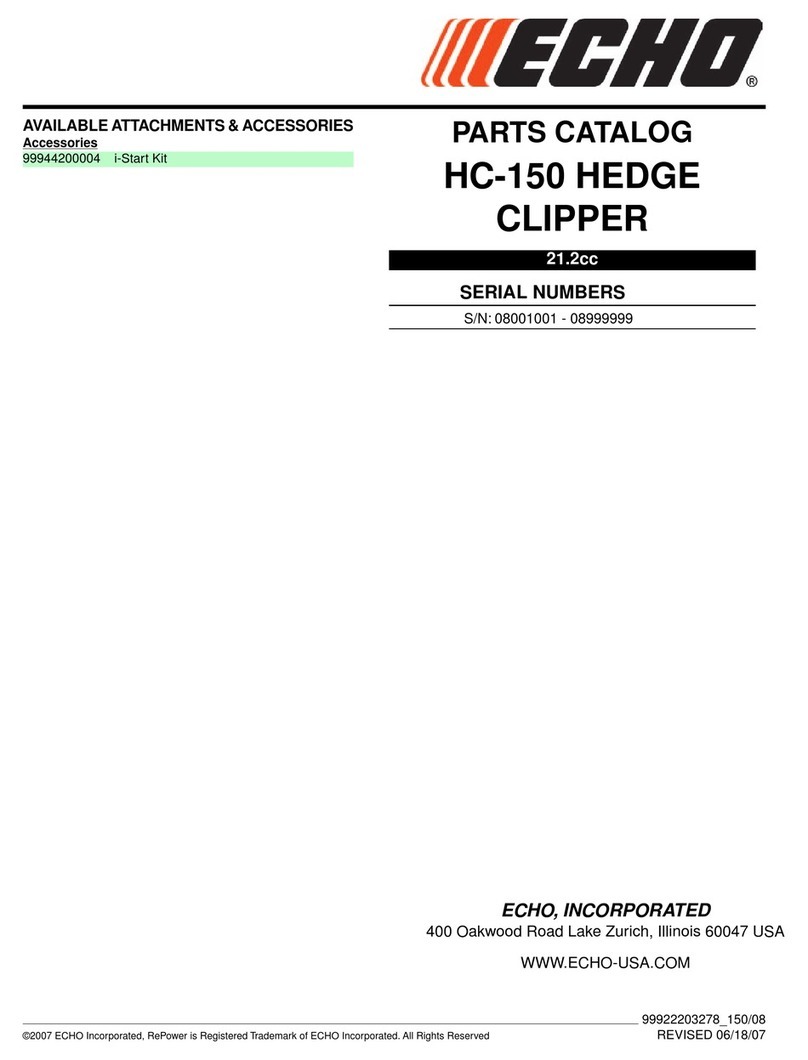
Echo
Echo HC-150 HEDGE CLIPPER - PARTS CATALOG SERIAL NUMBER 08001001 -... Instruction Manual

Echo
Echo PAS-260 PRO - 08-00 User manual
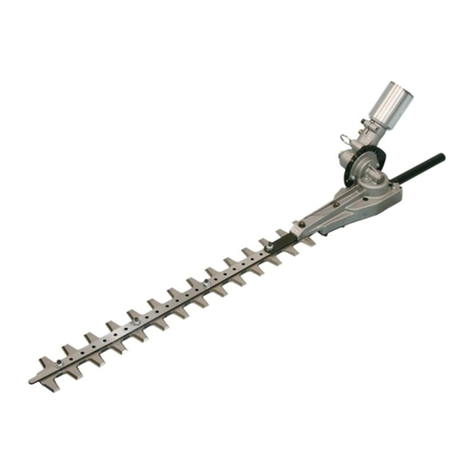
Echo
Echo HCAA-2400A User manual
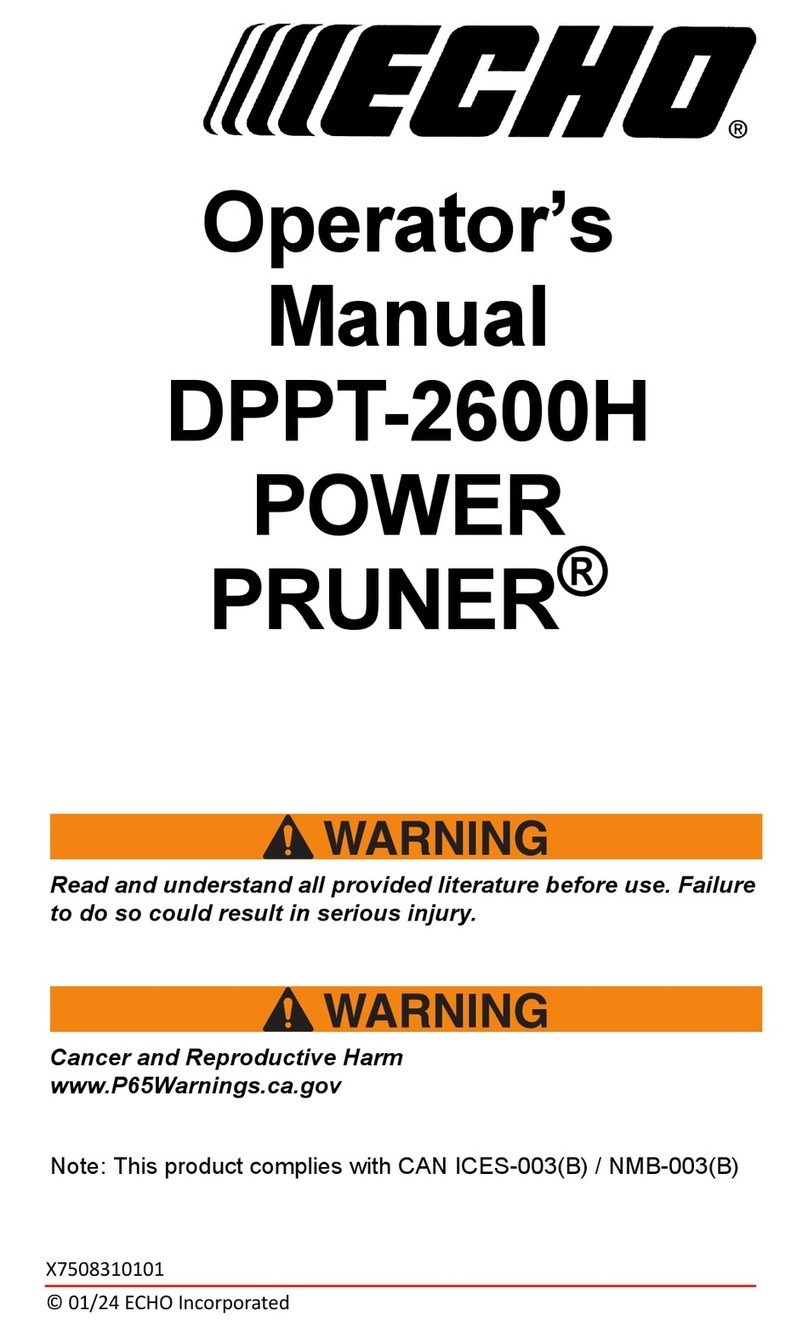
Echo
Echo POWER PRUNER DPPT-2600H User manual
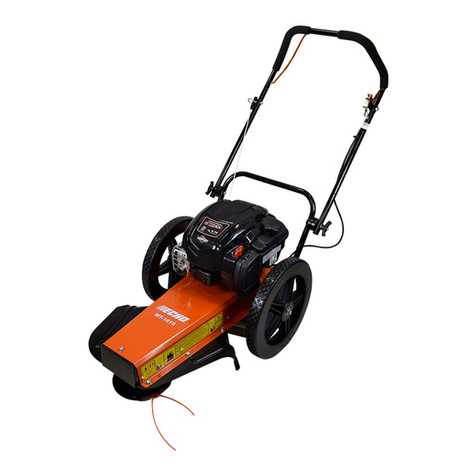
Echo
Echo WT-1610 User manual
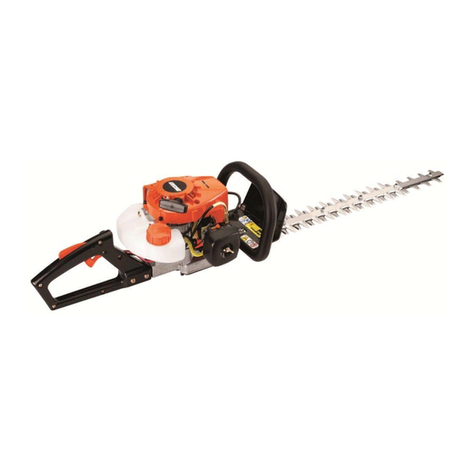
Echo
Echo HC-150 - 11-09 1 Configuration guide
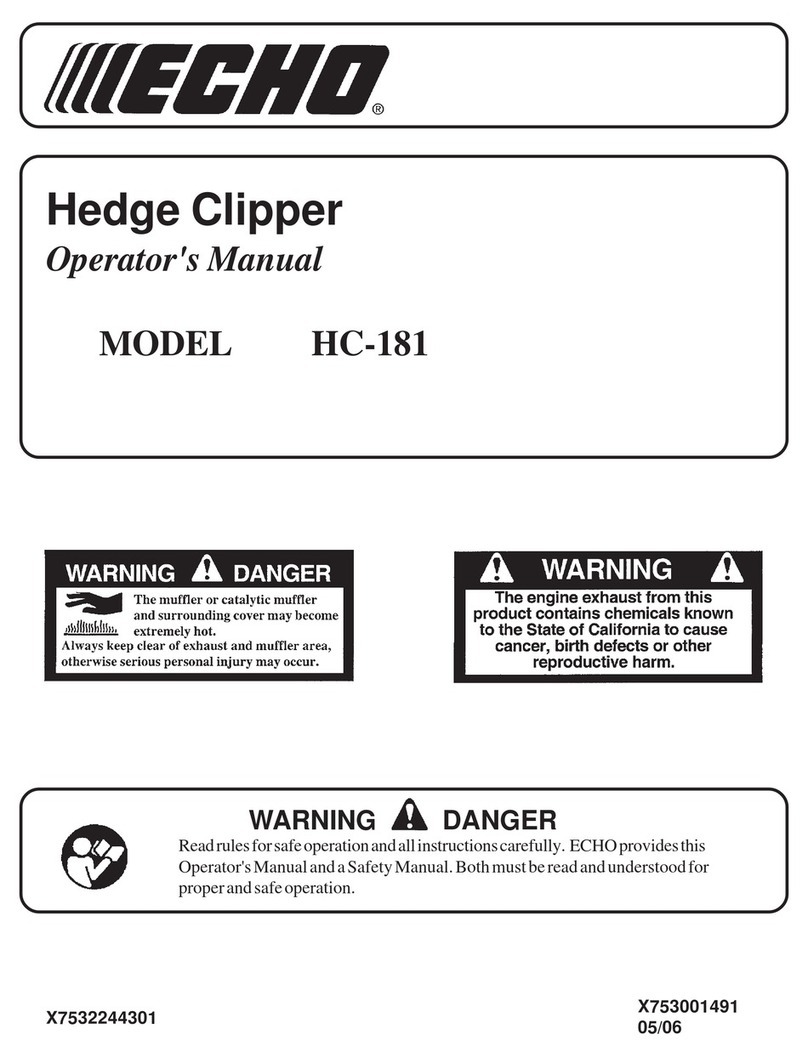
Echo
Echo HC-181 User manual
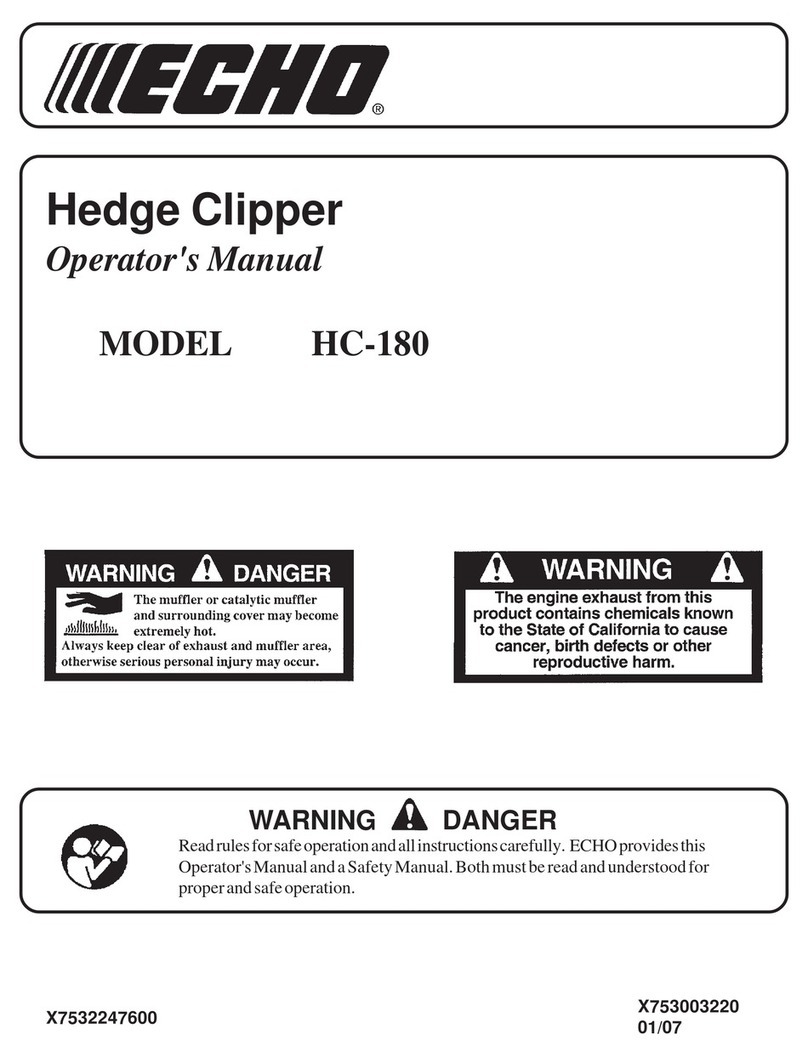
Echo
Echo HC-180 User manual
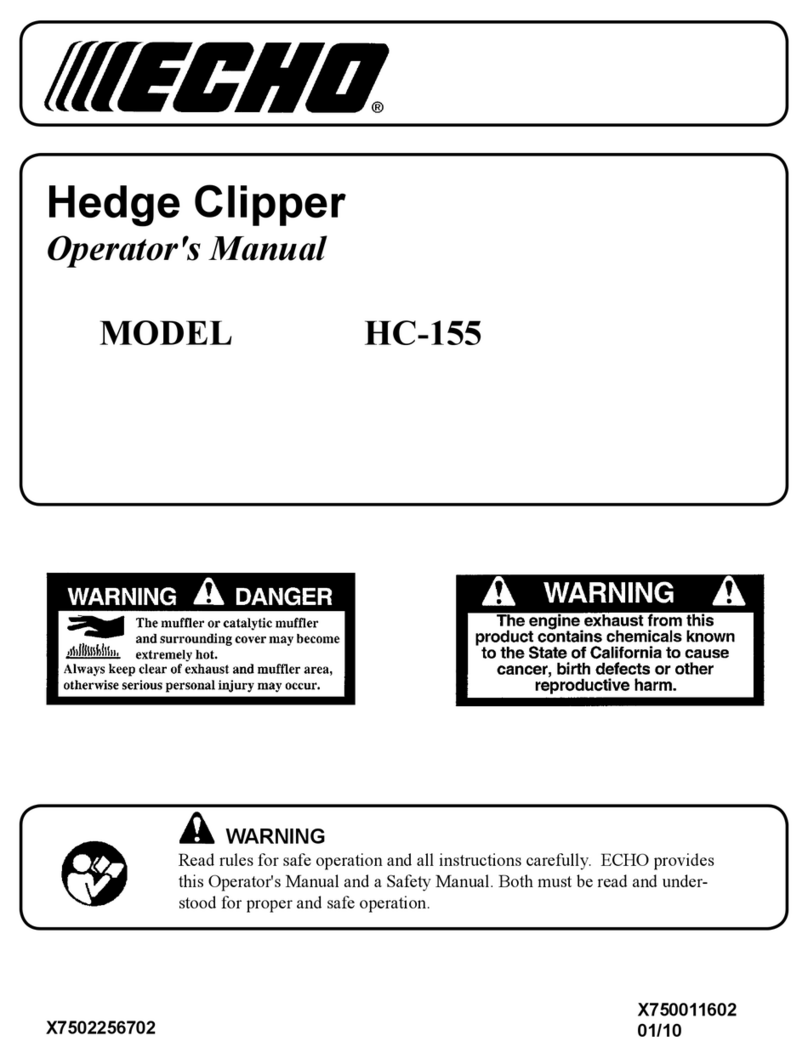
Echo
Echo HC-155 User manual
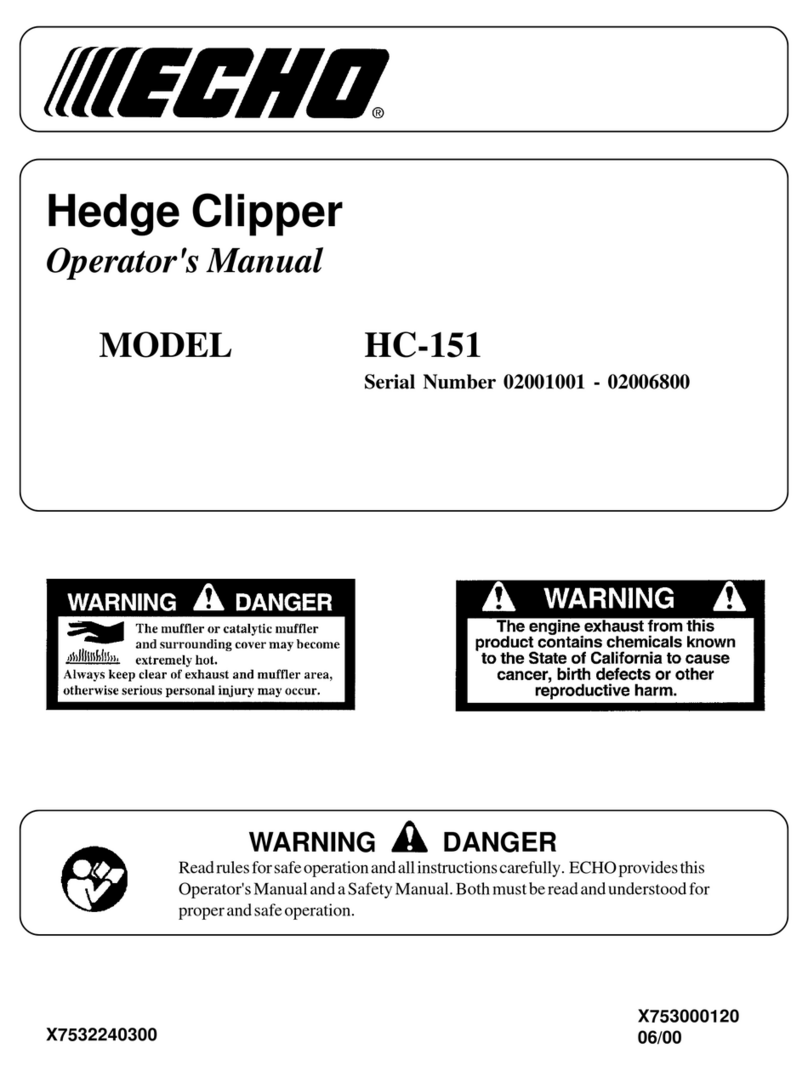
Echo
Echo 02006800 User manual
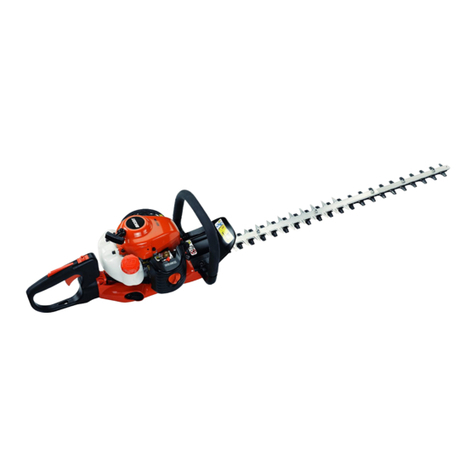
Echo
Echo HC-165 User manual
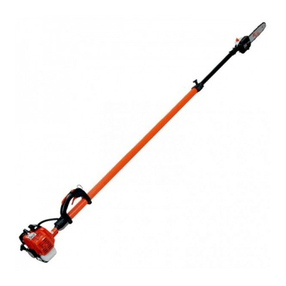
Echo
Echo Power Pruner PPT-230/231 User manual
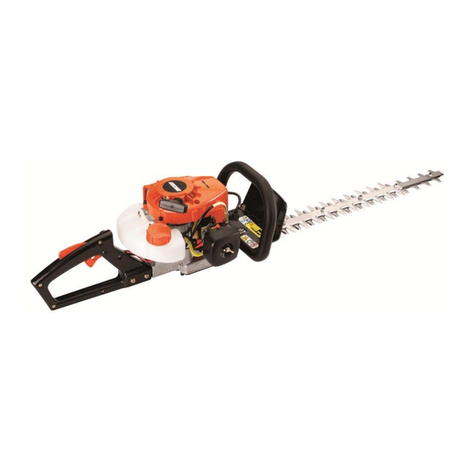
Echo
Echo HC-150 HEDGE CLIPPER - PARTS CATALOG SERIAL NUMBER 05001001 -... Instruction Manual

Echo
Echo HC-1500 TYPE 1E - SERVICE 10-99 Instruction Manual
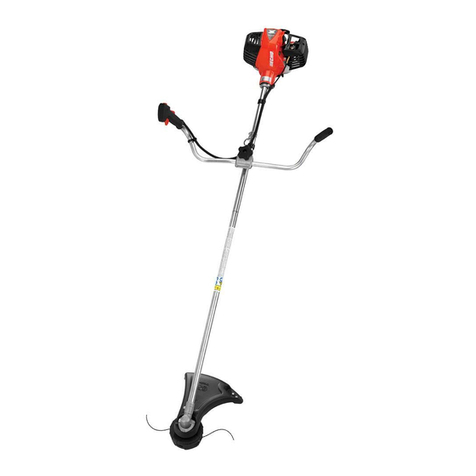
Echo
Echo GRASS/WEED TRIMMER BRUSHCUTTER and CLEARING... User guide
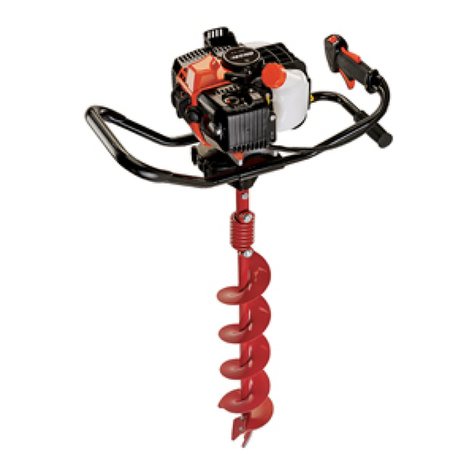
Echo
Echo EA-410 User manual
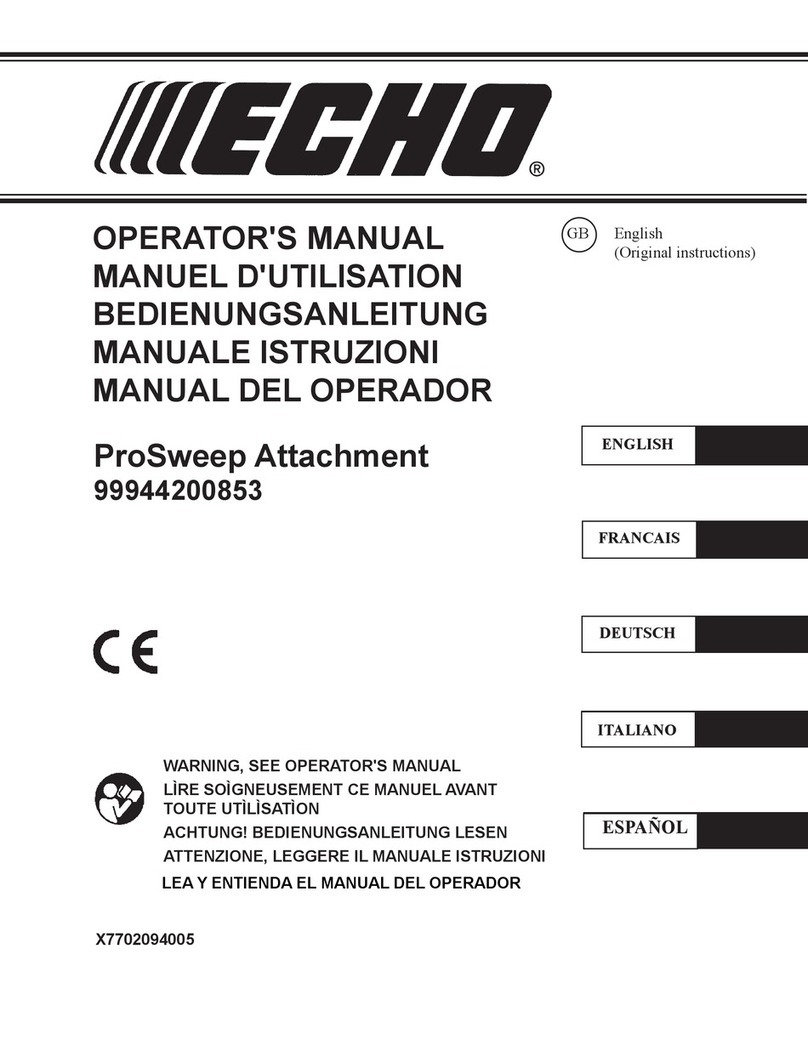
Echo
Echo ProSweep Attachment 99944200853 User manual

Echo
Echo SHC-225/S User manual
Popular Lawn And Garden Equipment manuals by other brands

Sunforce
Sunforce SOLAR user manual

GARDEN OF EDEN
GARDEN OF EDEN 55627 user manual

Goizper Group
Goizper Group MATABI POLMINOR instruction manual

Rain Bird
Rain Bird 11000 Series Operation & maintenance manual

Cub Cadet
Cub Cadet BB 230 brochure

EXTOL PREMIUM
EXTOL PREMIUM 8891590 Translation of the original user manual

Vertex
Vertex 1/3 HP Maintenance instructions

GHE
GHE AeroFlo 80 manual

Land Pride
Land Pride Post Hole Diggers HD25 Operator's manual

Yazoo/Kees
Yazoo/Kees Z9 Commercial Collection System Z9A Operator's & parts manual

Premier designs
Premier designs WindGarden 26829 Assembly instructions

Snapper
Snapper 1691351 installation instructions

